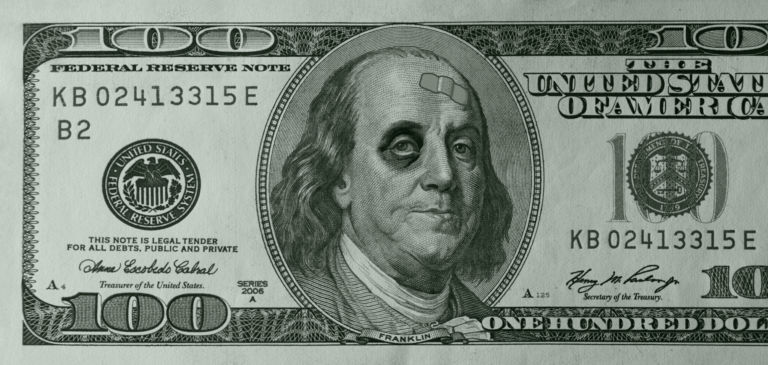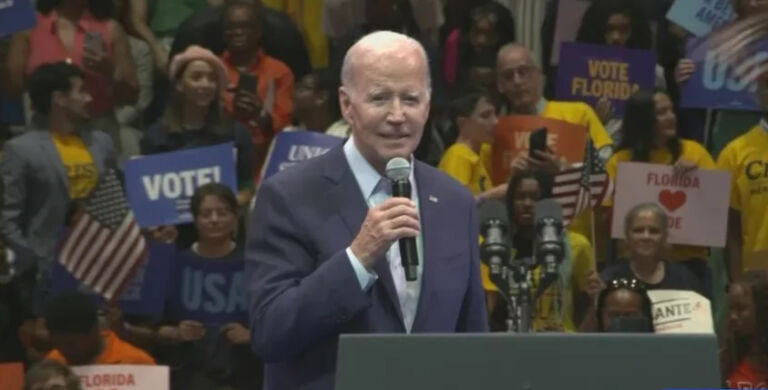Steve Hanke uses a National Review column to send a memo to the Federal Reserve.
In early 2020, the Fed pushed on its monetary accelerator like never before. By May, the three-month annualized growth rate in the money supply, as measured by M2, had reached an unprecedented 77.2 percent. With the typical lag of twelve to 24 months, inflation began to surge, reaching a peak of 9.1 percent in June 2022. Chairman Jerome Powell and his colleagues at the Fed didn’t see any of this coming. That is because the Fed ignores the money supply. Indeed, Chairman Powell has repeatedly stressed that there is no reliable connection between changes in the money supply and economic activity and inflation.
Since the Fed ignores the money supply and therefore flies blind, it has inadvertently thrown the money supply into reverse. Since March 2022, M2 has been shrinking. And, at present, M2 is contracting at a stunning three-month annualized rate of minus 9.7 percent. At this unprecedented money-supply-shrinkage rate, we shouldn’t be surprised that headline inflation has been falling like a stone and that an economic slump is inevitably right around the corner.
If not money, just what does the Fed pay attention to? It focuses on lagging indicators and utilizes backward-looking models. As a result, it is always looking in the rearview mirror. That’s why Fed officials are still haunted by the inflation boogeyman and are flapping their hawkish wings.
Contrary to what the Fed may think, money matters. The sharp reversal and squeeze in the money supply has had dramatic consequences. Exhibit No. 1: the collapse of Silicon Valley Bank (SVB) and the ensuing mini banking crisis, a crisis that the Fed and its bank examiners failed to see coming. Indeed, true to form, the Fed’s Vice Chairman for Supervision Michael Barr testified shortly after SVB failed that the Fed bore virtually no responsibility for the SVB fiasco. Since then, the Fed has backtracked to some extent and slightly modified its stance to bear some of the blame.


